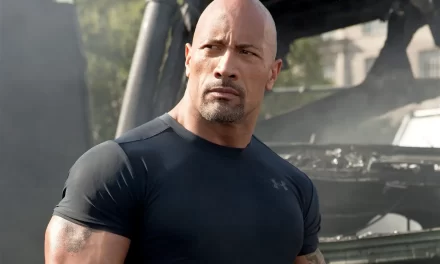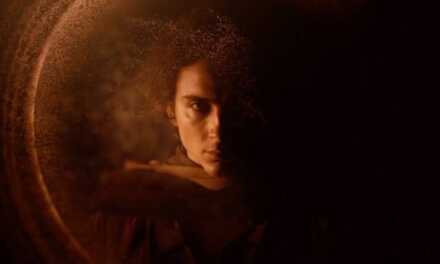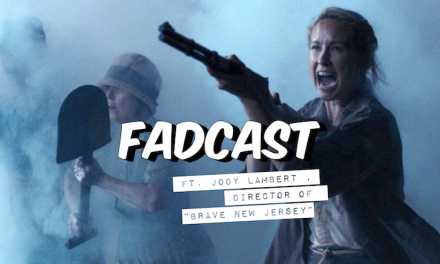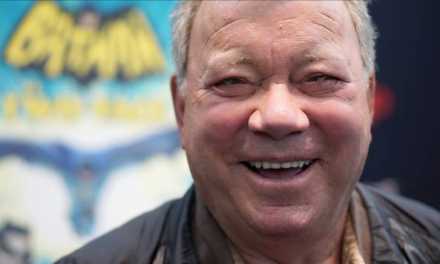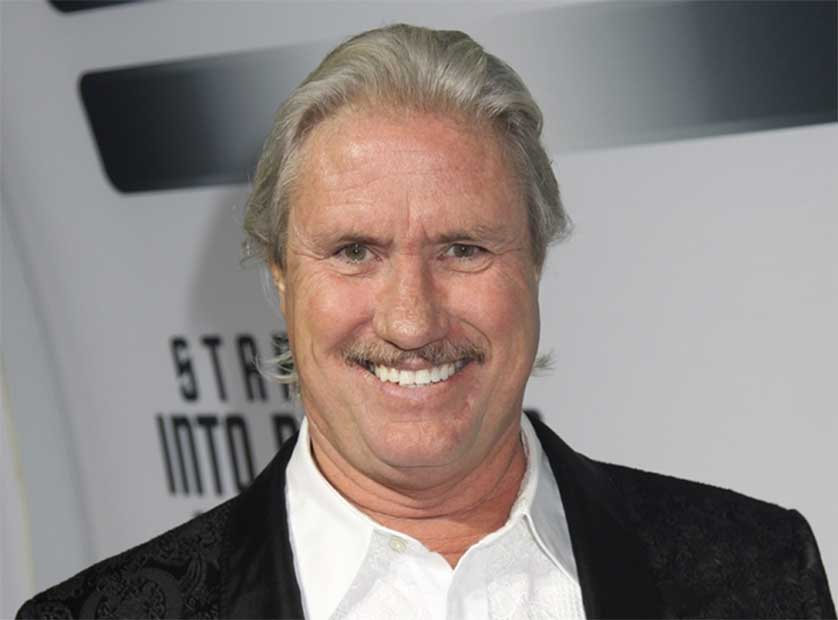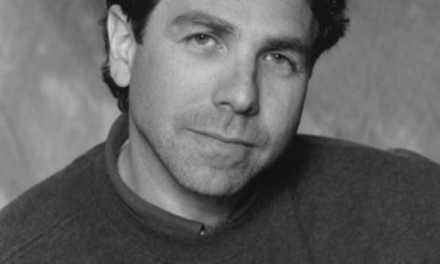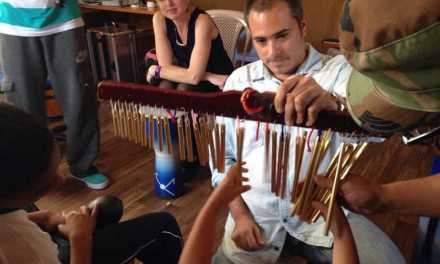
Exclusive: Burt Dalton Talks ‘Deepwater Horizon’ Special Effects & CGI Versus Practical
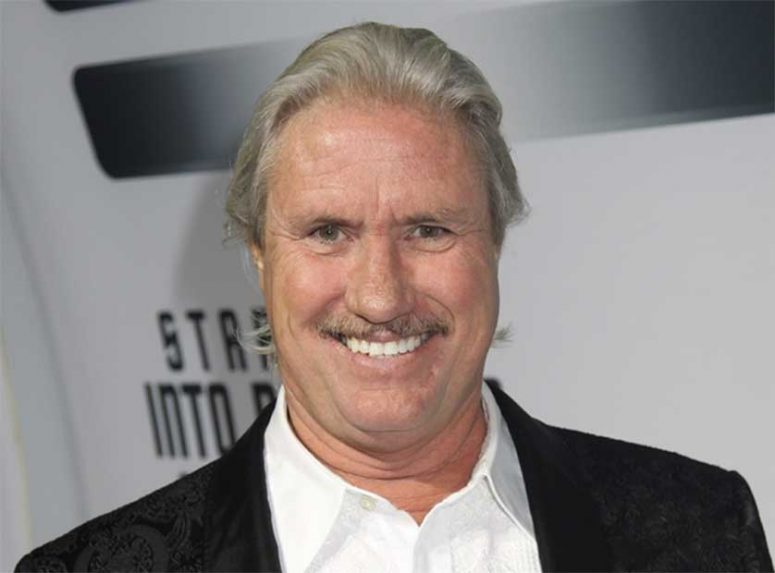
Oscar winning special effects artist Burt Dalton discusses “Deepwater Horizon” and his acclaimed career!
After leaving college with another goal in mind, Burt Dalton found success. While he claims he “fell into” special effects, an Oscar win and 2 nominations would lead us to believe he was destined for greatness. With the recent digital release of “Deepwater Horizon,” we had the chance to discuss Burt’s work on this film. From the balance of practical versus CGI effects, Burt weighed in on how he was able to make these real events come to life on the big screen. We also have a chance to talk about the future of the special effects industry with the fast-paced evolution of technology.
If you look at Burt’s credits, he’s got quite a bit of experience. With that experience I was curious about the type and amount of work that goes into two very different films. Comparing his more recent work on “Deepwater Horizon” to a more lighthearted film he worked on like “We Bought A Zoo,” I asked Burt to give me an idea how the work differed.
“Absolutely. ‘Deepwater Horizon’, not the first half of the movie but the second half of the movie is all about how dangerous it is and how bad things can go. So you want to show that in its truest light. How horrifying it was for those people, and it becomes part of the story. You go to a movie like ‘We Bought A Zoo’…a friend of mine was a producer on it and he asked if I would come out and do it. He said there were some rain scenes and a couple of practicals and in that, the effects have very little to do with the movie. They were a backdrop to help sell the story. It’s different. A smaller crew, less prep time for it and you kind of approach it the same way, you still want the best effects. Just because it was a smaller effect movie, it doesn’t mean you want to do lesser quality. You just have fewer things to do and a smaller crew.”
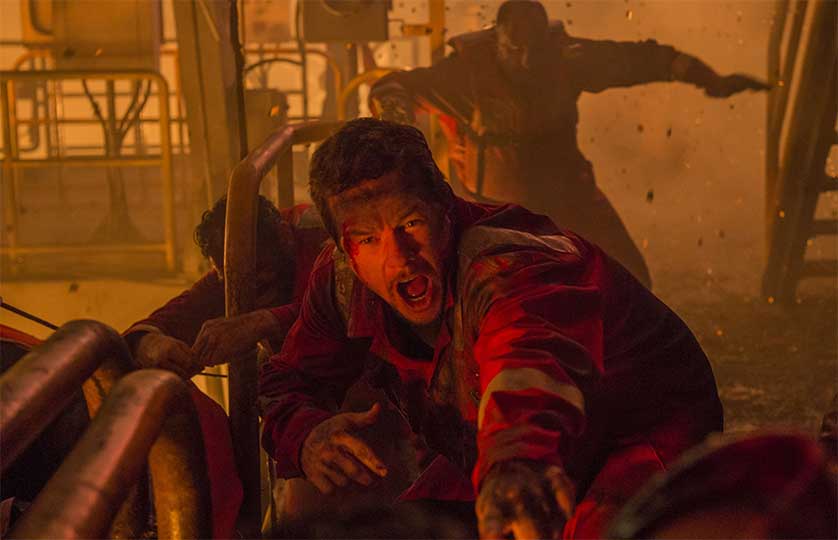
‘Deepwater Horizon’, not the first half of the movie but the second half of the movie is all about how dangerous it is and how bad things can go.
When it came to a true life story being adapted for film, I was curious about Burt’s take on practical versus CGI effects. As it turns out, there were quite a few practical effects implemented throughout the film.
“I wanted to but more importantly, the director, the producers, the studio, the visual effects people themselves, they all wanted as much practical as could be done to make it as real as possible. They already had a huge challenge on their hands, they didn’t need to add to their list by me doing less. They highly encouraged the practical effects and one of the proudest things I have on this movie is how well, starting with our job, how well the post production tied into the practical. I think they did a seamless job and I’ve been doing this for a very long time. I think the best thing about the effects on this movie is that the effects never took you out of the movie.”
Special effects has become the backbone for some films. Bringing larger than life events or catastrophes to life takes quite a bit of work. With a long, lustrous career like Burt Dalton’s, I wanted to know some of the biggest challenges working on “Deepwater Horizon” or any other films.
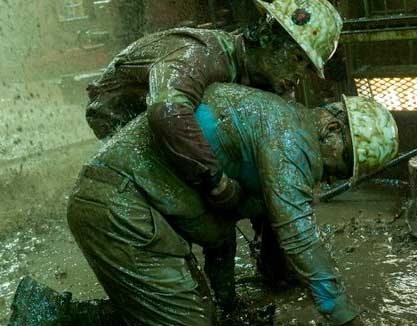
“Our tank was over 3 million gallons of water, hundreds of thousand of gallons of propane, tens of thousand gallons of mud…”
“Well in this particular movie, the biggest problem was scale. Everything was just so huge. And huge takes time, manpower, and money. Everything that’s made has limitations and you try to do the best job you can within the time frame that you have, the finances you have, and the story you’re trying to tell. Our tank was over 3 million gallons of water, hundreds of thousand of gallons of propane, tens of thousand gallons of mud, and you gotta remember when you’re done with all of that, what do you do with it? You have to dispose of it in an environmentally safe way. All of those things have to come into consideration before you start. So there were big challenges in how to handle the scale of everything and how to keep everything environmentally safe. Safe for the actors, safe for the crew and still come off with a film that’s full of excitement and danger so that the public could see what these people went through. “
Given the evolution of technology and how far special effects have come, I wanted Burt’s take on when things will be heavily balanced towards CGI. Using the Keanu Reeve’s documentary “Side By Side” as a correlative element, I wanted to know if there was room for practical effects over CGI. In “Side By Side” key directors James Cameron and Christopher Nolan are used as examples of two opposing views of tradition (Nolan) versus innovation (Cameron).
“It’s already happened, so it’s going to continue in the future. There’s still a lot of room left for physical effects but a lot of other films are more and more CGI. The directors you named, you have Director [James] Cameron who did ‘Avatar’, almost all visual effects and you have Christopher Nolan insists everything be shot practically whether it’s going to work or not or cover it up in post and he wants it all to be real. But you have two directors who are directly opposed. But of course ‘Interstellar’, it’s a space movie so things can’t be done. But he has his own mechanical and special effects team that he loves and they do a great job for him. And Cameron does the same. He’s much more into the tech and visual effects and his movies reflect that. “
Furthering the discussion of how the industry has evolved and where it’s going, Burt Dalton gave his take on the future of film and special effects.
“Eventually everything will be digitized as I’m being told by every futuristic scientist on the planet. But once they get enough memory capacity and enough storage, they’ll be able to do the actors as well. It’s a changing industry. Mine’s changing a little faster than most but we’re good for awhile.”
Despite being an Oscar winner and having such a successful career, Burt still made it known that there are many in the special effects arena that make movies come to life.
“Thank you. And remember behind visual effects they have thousands [of people]. Only a few people’s names get mentioned but there are many many people that work incredible hours under incredible conditions to make these movies come true. It wouldn’t happen without them.”
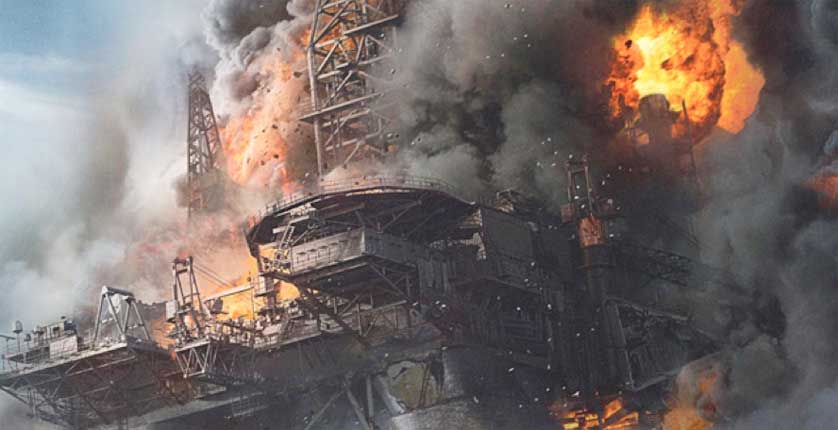
“Only a few people’s names get mentioned but there are many many people that work incredible hours under incredible conditions to make these movies come true. “


